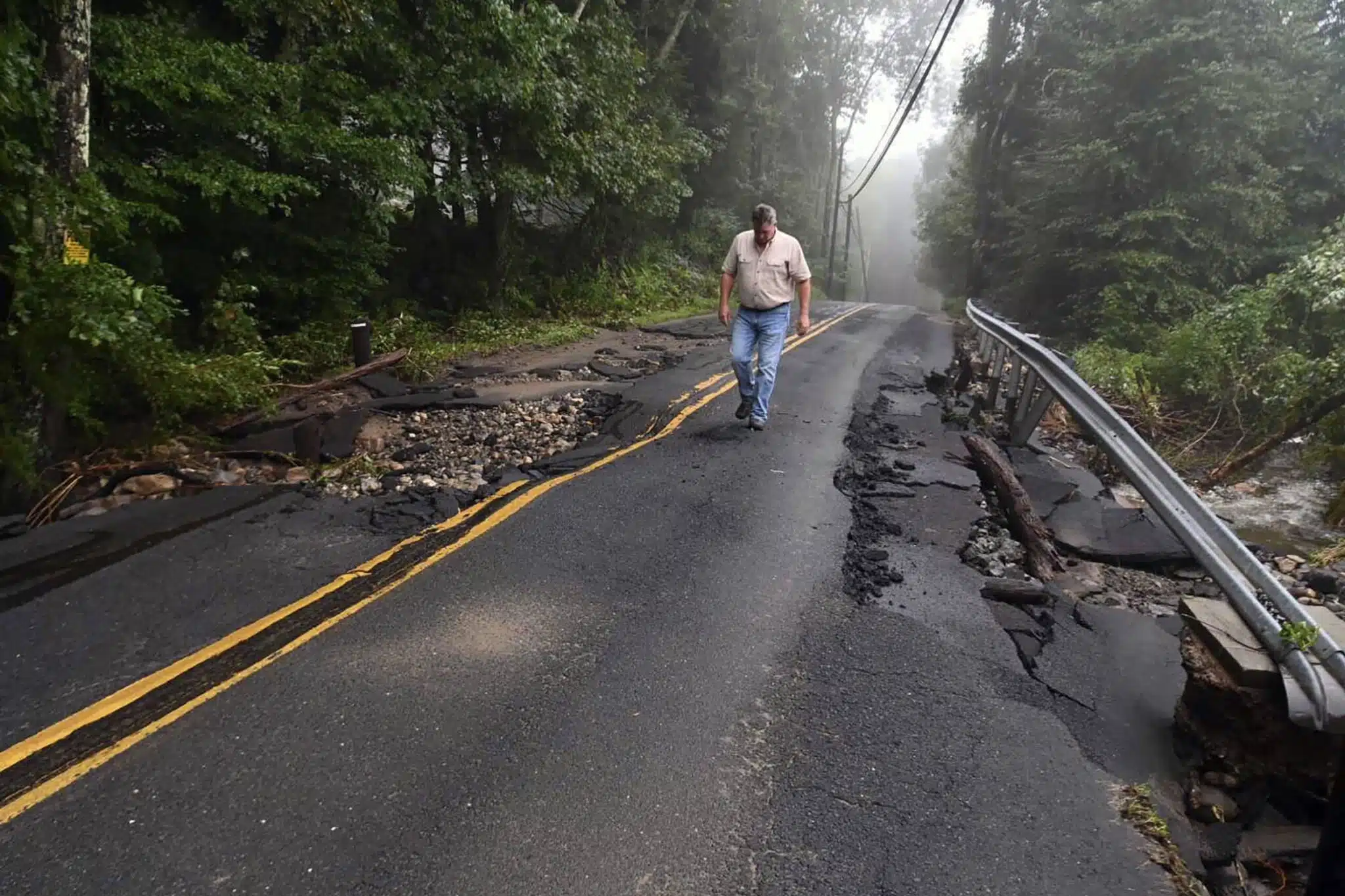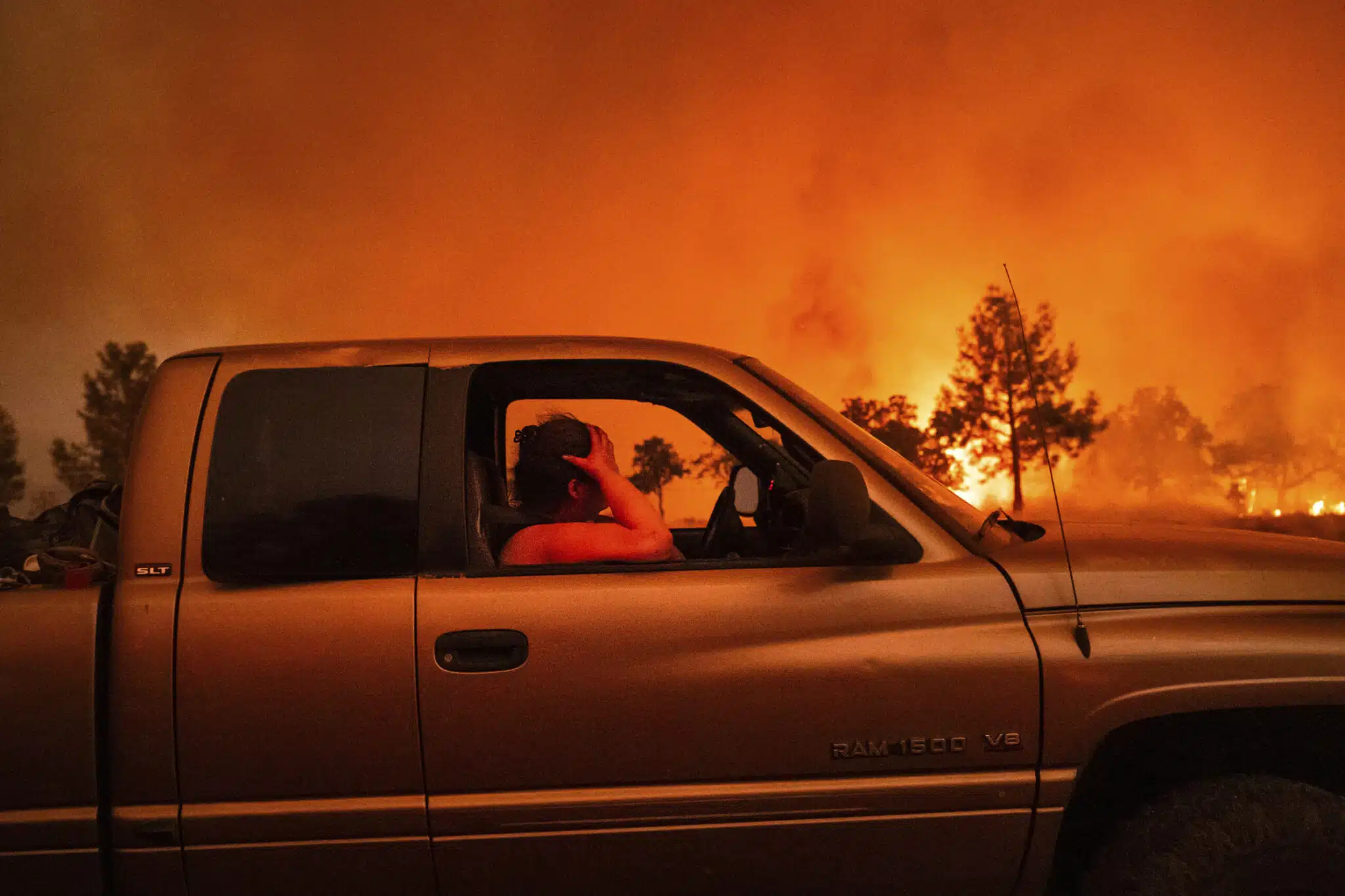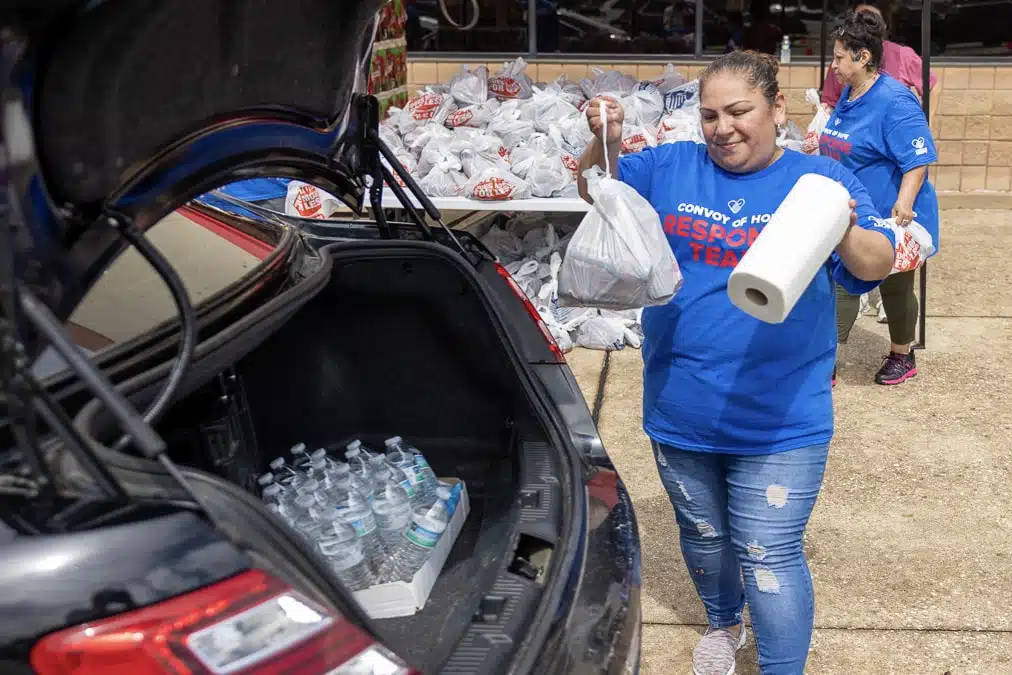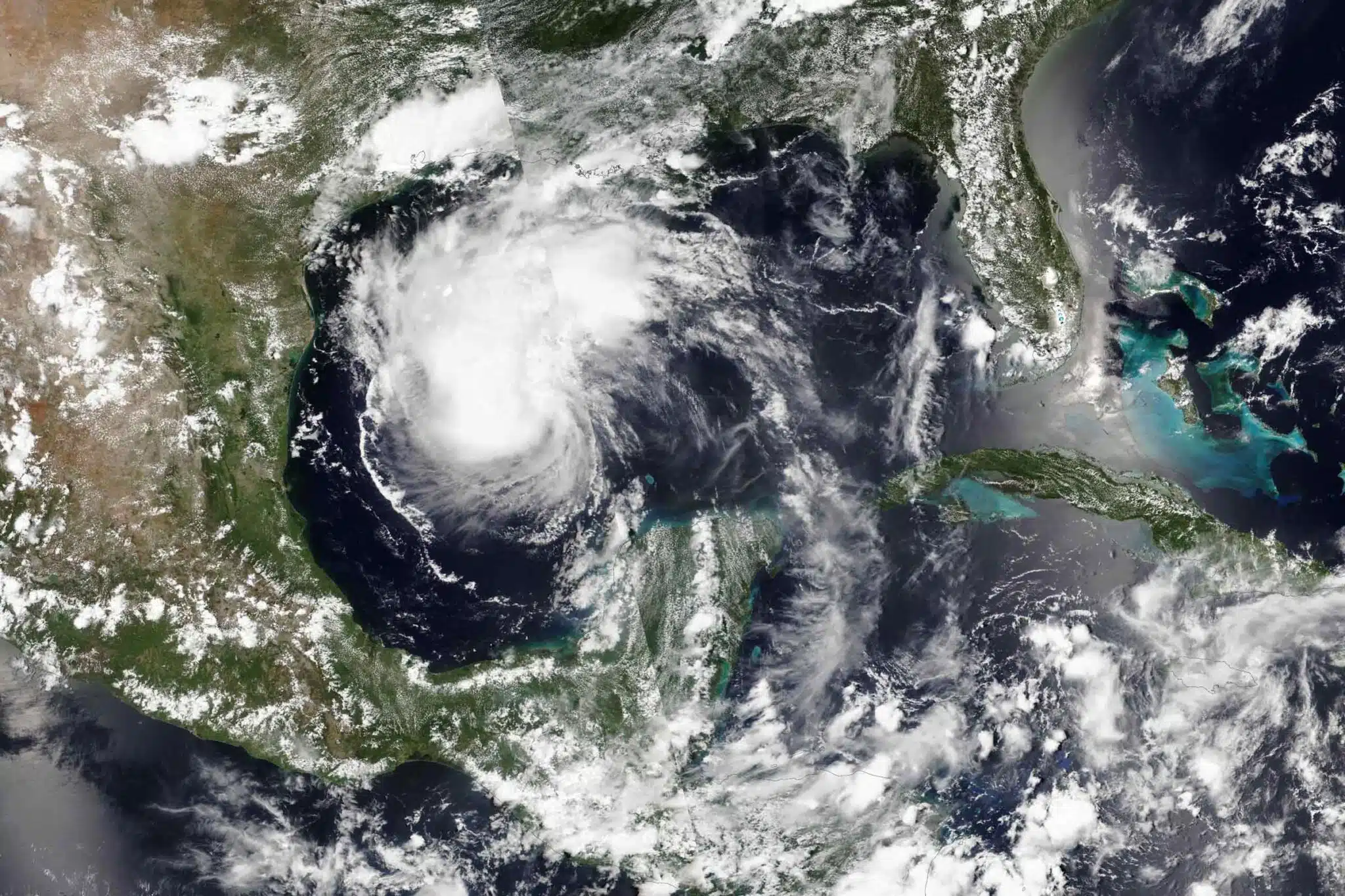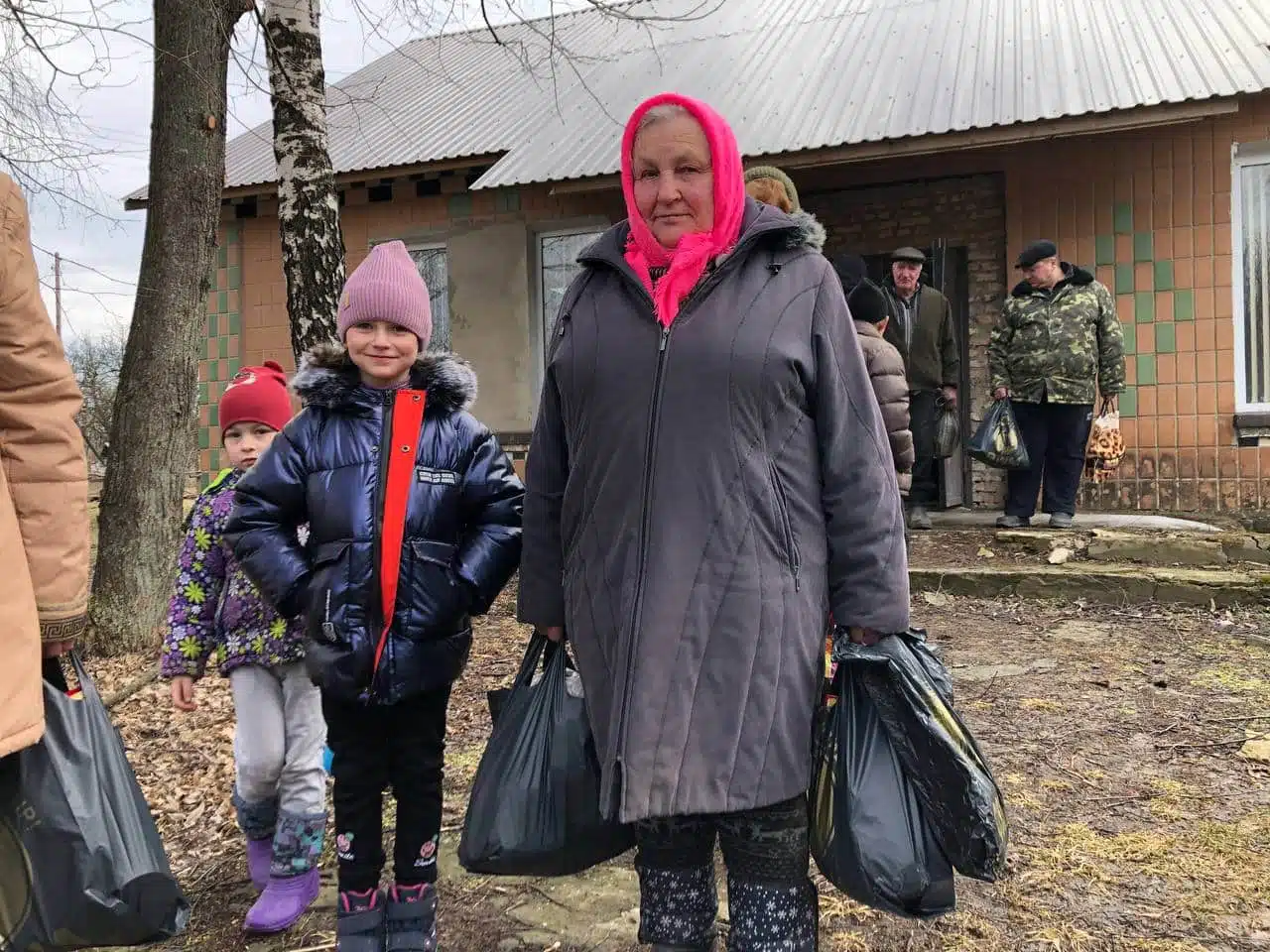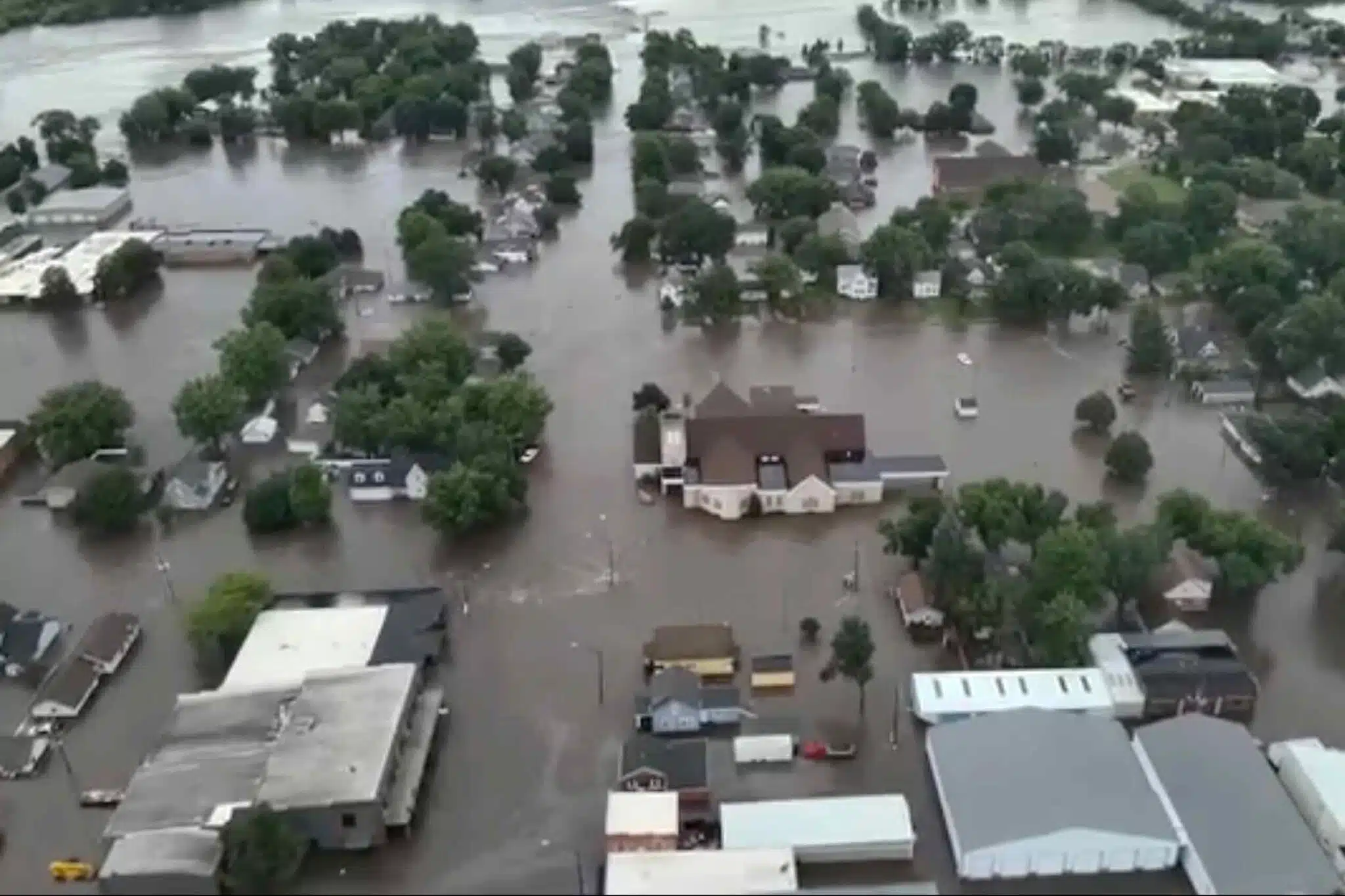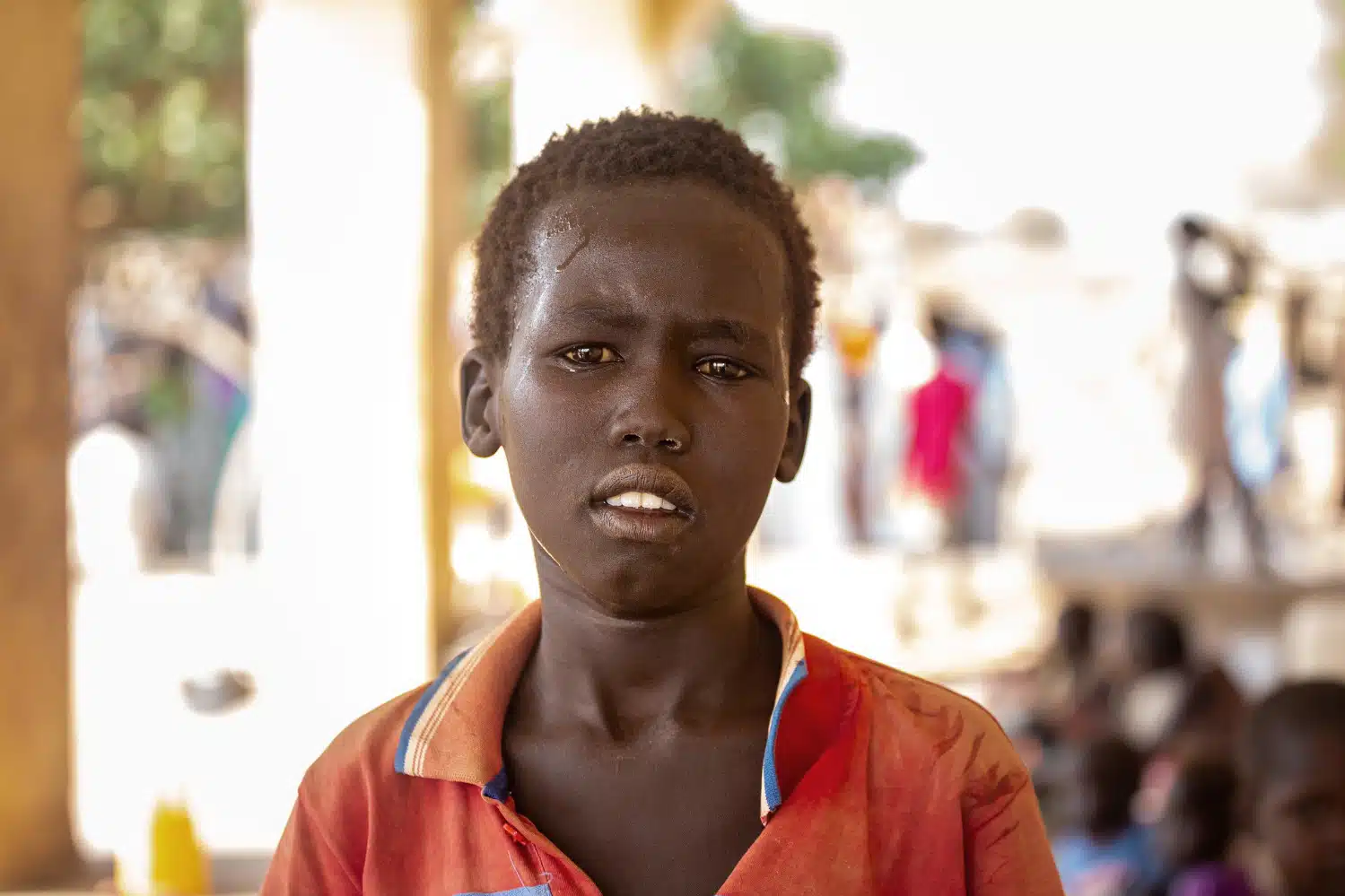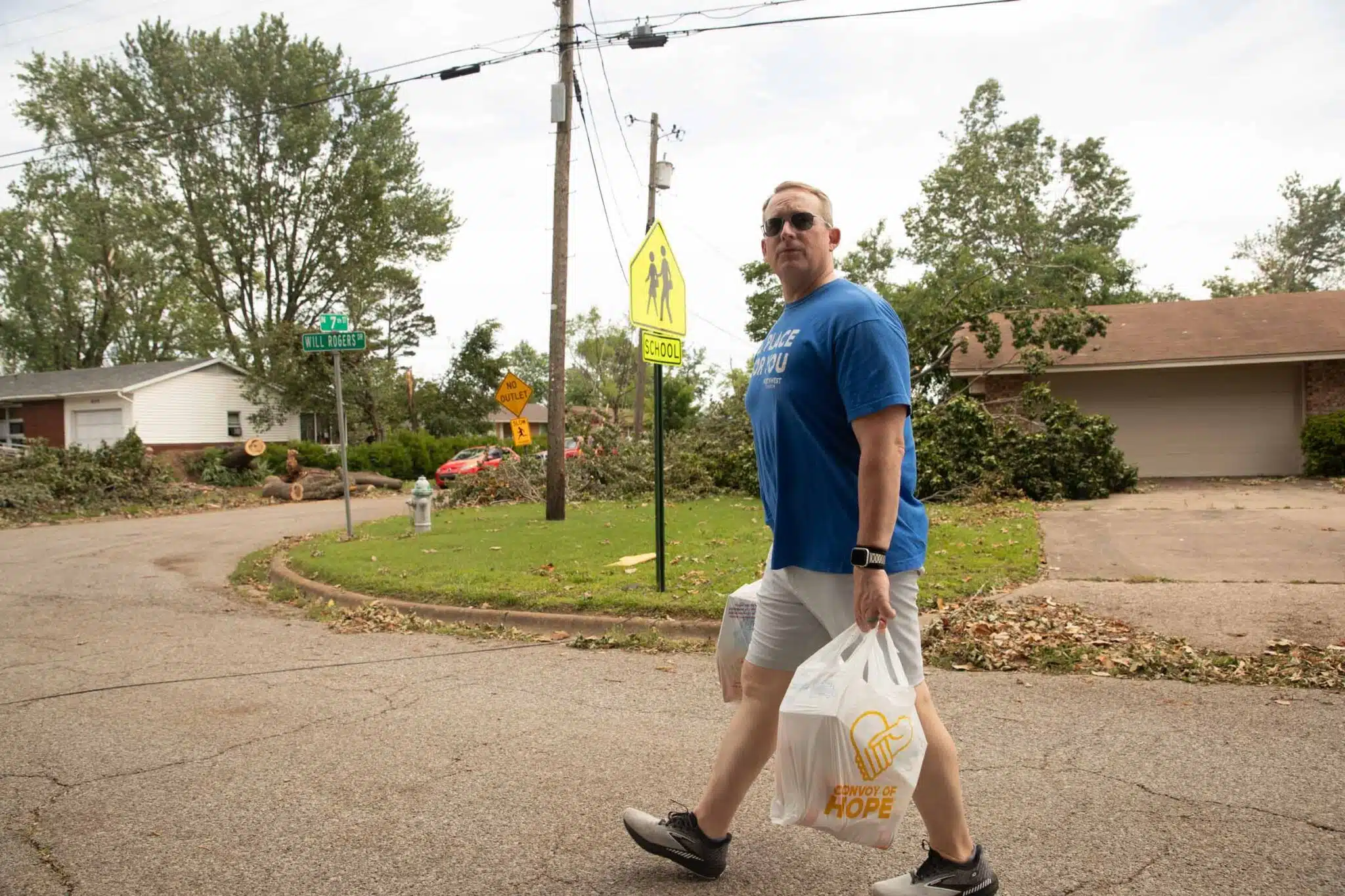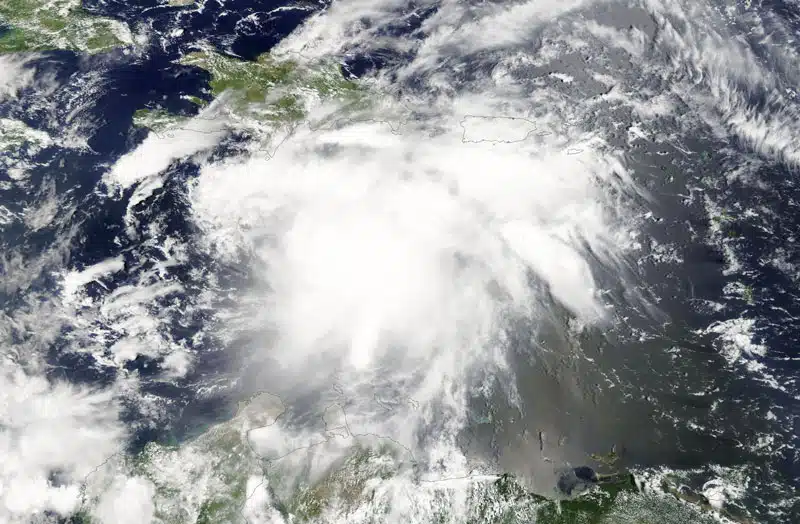With each year’s Atlantic hurricane season, you can access a list of potential names for tropical storms and hurricanes.
That list originates and is recycled with five other lists every six years by the World Meteorological Organization.
A name is retired and replaced when a storm with that name causes extreme property damage and loss of life.
Patty is the 16th name on the list for 2024.
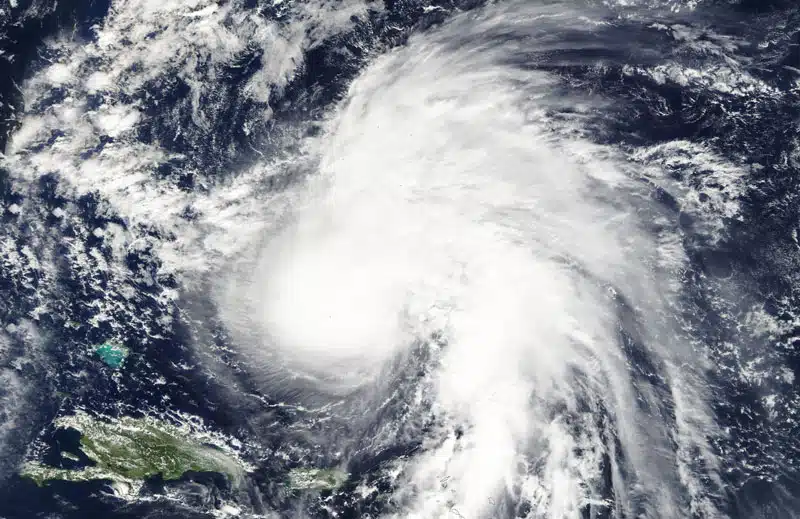
Patty has barely been used in the history of hurricane study. Placed on the list of storm names for the first time in 1982 — in 1979, the World Meteorological Organization and the U.S. National Weather Service began creating new lists of names that included both women’s and men’s names.
Patty was unused until 30 years later, when Tropical Storm Patty briefly developed in the Atlantic.
Phases of Tropical Cyclones
All named storms are a form of tropical cyclone — a rotating, organized system of clouds and thunderstorms that originates over tropical or subtropical waters and has a closed low-level circulation.
Phase 1. Tropical Depression
Early in a cyclone’s development, as a tropical depression, wind speeds are less than 39 mph.
Tropical depressions are not named but are numbered and tracked in case they grow into tropical storms or hurricanes.
Phase 2. Tropical Storm
Should a sufficiently powerful weather system develop late enough in the season with a sustained wind speed of 39 mph, Tropical Storm Patty will make its debut.
Phase 3. Hurricane
If a storms speed reaches 74 mph, Hurricane Patty will enter the record books.
If you live in an area where such a storm system is expected, take all necessary precautions, keep up to date on reports of the storm’s path, and don’t underestimate the potential impact to your community.
When Was Hurricane Patty?
The 16th named storm of the 2012 Atlantic hurricane season, Patty never formed into a hurricane.
Where Did Hurricane Patty Hit?
Tropical Storm Patty formed north of Puerto Rico and the Virgin Islands but was already weakening as it approached the Bahamas.
As of 2024, no Hurricane Patty has formed.
What Category Was Hurricane Patty?
In 2012, Patty was at tropical storm status when at its strongest, with peak wind intensity of 45 mph. It never achieved Category 1 hurricane status.

- • A Category 1 hurricane has sustained wind speeds of at least 74 mph 10 meters above the ground surface when averaged over a 1-minute period.
- • A Category 1 designation is used for winds with speeds through 95 mph. By the time you reach Category 5, those wind speeds are equal or greater than 157 mph.
- • There is no top limit, so the highest a hurricane can be rated is as a Category 5 regardless of how much its winds exceed 157 mph.
This evaluation system is called the Saffir-Simpson scale.

The Power of Preparedness
Ensure your family is protected in the face of unexpected challenges with our Disaster Preparedness Guide.
Topics Include:
— Family Communication Plan
— Evacuation Plans
— Care for Pets
— Weather Monitoring
Download Our Disaster Preparedness Guide!
Start your journey to preparedness now and download the guide to learn practical steps for facing any disaster confidently.
“*” indicates required fields
"*" indicates required fields
What Time Will Hurricane Patty Make Landfall?
If you research, “What time did Hurricane Patty make landfall?” you won’t find any data because Patty never reached hurricane status in 2012. More importantly, there is no correlation between the landfall of a historic hurricane and when a current storm system might reach land.
No data from the past will help you prepare if Patty becomes a significant storm in 2024.
It’s wise to stay up to date on weather forecasts and be aware of a specific storm’s estimated landfall if a current storm is predicted to reach your region.
Thanks to satellite and radar imagery, those predictions can be very accurate, giving you plenty of time to prepare.
Don’t make the mistake of waiting until the last minute to reach a safe area.
This article will be updated should more details about Patty become available in 2024.

How Many People Died in Hurricane Patty?
Tropical Storm Patty caused no loss of life in 2012. No storm named Patty has been lethal in the Atlantic.
What Was the Path of Hurricane Patty?
Should Patty develop into a hurricane this year, you’ll find a lot of daily information on its current path.
In many cases, the beginning of such a path is in the Atlantic Ocean off the coast of West Africa. As that system moves west across the Atlantic, often in the general direction of the Caribbean, it can strengthen and organize into a tropical storm and then a hurricane.
In 2012, Patty’s brief lifespan created only a small path as a tropical storm.
Convoy of Hope & Hurricanes
Convoy of Hope is a faith-based nonprofit organization serving the poor and hungry in dozens of program countries around the world.
Because natural disasters have such a deep and negative impact on communities, Convoy views disaster response as integral to its larger mission.
Food, water, and other key resources quickly become scarce following hurricanes and other disasters.
In 2024, Convoy is celebrating its 30th anniversary.
For 26 of those years, Convoy has been serving communities impacted by storms, beginning in 1998 with a response to flooding in Del Rio, Texas, that followed that year’s Tropical Storm Charley.
Hurricanes continue to be an annual priority for the organization.
How Convoy of Hope Responds to Disasters
Step 1
The Disaster Services team at Convoy’s World Distribution Center follows weather updates closely throughout hurricane season.
Step 2
Days ahead of a predicted landfall, careful planning pulls together the resources intended for distribution in affected communities.
Step 3
Volunteers and team members pack food, water, cleaning supplies, and more before a convoy of trucks heads toward the disaster zone.
Step 4
After a hurricane has passed and a community’s needs become clear, one or more distribution points can begin operation.
Step 5
With the help of local churches and other organizations, volunteers and Convoy team members offload pallets of supplies from semi-trucks and strategically position them across a large parking lot.
Step 6
Soon, residents are driving by gratefully accepting groceries, bottled water, bags of ice, cleaning supplies, and other resources.
Hurricane Idalia: A Case Study
When Hurricane Idalia made landfall in Florida on August 30, 2023, it brought sustained winds of 115 mph.
These winds created a larger storm surge and higher wind gusts than that part of the Gulf had seen in 125 years.
Some areas — like the island city of Cedar Key — experienced a 9-foot storm surge.
Convoy’s team had been following reports on Idalia closely. Personnel were on the ground in Perry, Florida, by the next day assessing damage and meeting local officials and partners to identify the best ways to meet needs.
To view Convoy’s response to Hurricane Idalia, watch the video above.
Within a week, Convoy had distributed more than 287,000 pounds of relief supplies to tens of thousands of people across the region.
Convoy of Hope Disaster Services responds to natural disasters around the world — earthquakes, floods, wildfires, hurricanes, and drought — offering help and hope to people facing some of the most challenging circumstances in their lives.
The nonprofit, faith-based organization pursues a driving passion to feed the world through children’s feeding initiatives, community outreach, and disaster response.
